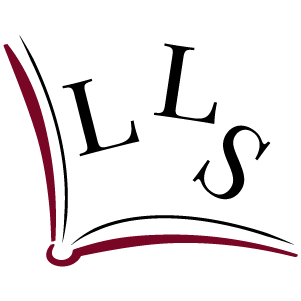Each travel study is its own epic experience. We work hard to put together the text, the group, a special site, unique eating experiences, relevant gallery or museum visits, outdoor adventures and of course, a wild swim or two, but still I experience a healthy anxiety in hoping that all the planning will result yet again in the magical coming together of minds, words and ideas that makes these times so unique.



The study of a book that I have not previously worked through makes this pre-trip tension even greater. For our latest big Woolf read, Night and Day in Alfriston earlier this month, I had the great privilege of working with Dr. Karina Jakubowicz, whose deep knowledge, great energy and humour made the facilitation electric. She also makes a fine fire!



Added to this, we had a core group of dedicated Woolfians – some of whom are in the ongoing diary study of Woolf – who had prepared reflections from that work that informed our reading of Night and Day.
We were also truly enriched by our contact and meeting with the brilliant folks at Much Ado Books in Alfriston. The space they have created, with such love for books and art, welcomes all readers into the bright and illuminating world of beautiful books. They have a wonderful variety of rooms and extra buildings dedicated to different aspects of literary art, and they kindly hosted one of our sessions in the barn that houses their collection of Book Art – a vibrant response to the meeting of word and material. I value this connection greatly and was inspired by their embracing space and passion for books. We plan to be back in Alfriston next April and look forward to more events and exchanges with this very special location.





On first diving-in, Night and Day can seem like a conventional late nineteenth century novel of romantic entanglements, but our time around the work introduced new understanding as we were guided by Woolf’s probing – and at times ironic – gaze into family life, women’s work and social relationships in the late Edwardian era. In his literary theories, Mikhail Bakhtin developed the proposal that social situation and relationships determine the structure of utterance. Night and Day, positioned at a moment of immense change in the world, as portrayed in Woolf’s later novels, captures this change by using traditional language to address the rigid values around marriage, love and the position of women. But into this (teetering) order, Woolf inserts dreams, darknesses, gaps in language and volition that reflect the difficulty of resistance to a system in which one is embedded. By the novel’s end, some of the characters are stepping out towards a new world, just as Woolf herself will move towards more experimental forms of language and complex understanding of character in all her subsequent works.

During our time in Alfriston, some of us would venture to Seaford early in the mornings for a dip in the sea to get our minds moving. As we drove to the beach on 13 April, we learned of the Iranian missile attack on Israel (particularly relevant to one of our participants, a political journalist whose radio interview that morning was abruptly cancelled). Suddenly, war and global conflict invaded our idyll, giving us a different understanding of how Woolf could have written this most domestic of novels in the midst of the Great War (a concern voiced by many critics, especially in her immediate group). We realised that with the threat of war around us (and I believe that awareness of our global position means we are all implicated in war anywhere in the world) we might turn purposefully to the drama of human relationships, where conflict can spark and glow to destruction. We also reflected that, in the chaos of the news around us, the generation of hope in human potential for progressive change is an ember that must be nurtured.
There were so many moments of glittering insight and pleasure during our time together engrossed in this lesser-known Woolf work. I became aware of how the great privilege of time dedicated to this process of exploration results in an expanded space in the mind. Like swimming in fresh waters, the flotsam is softened and made fluid. With time spent focusing on a narrative, away from the needs of home, work and family, my mind gains strength as I move towards a healthy kind of attention.
The study of great literature gives me an envelope within which to manage the disparate struggles of being human. There is no absolute truth to learn, but always a greater understanding of who we are in relationship to others and the world around us.



















